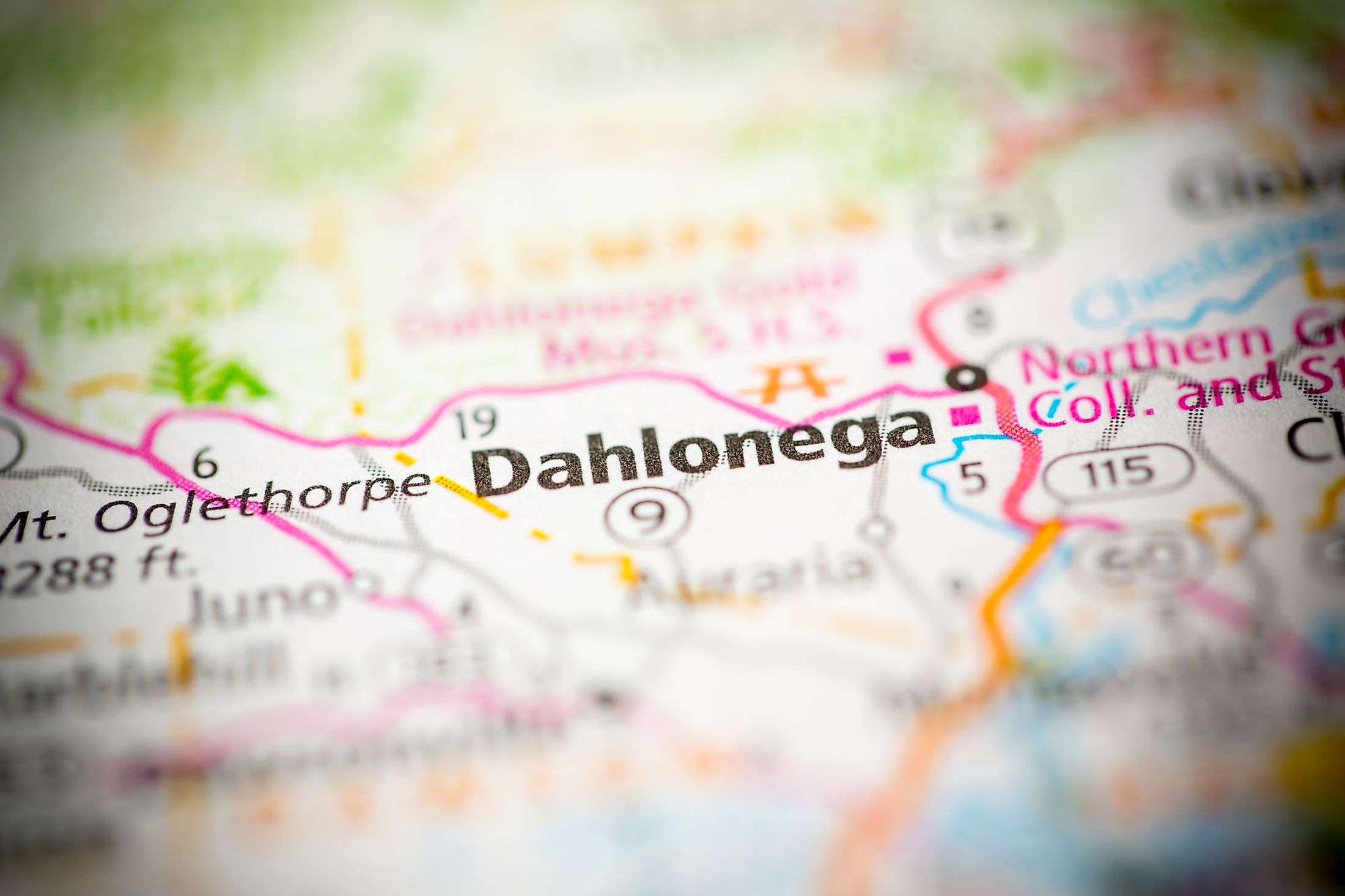
Dahlonega, Georgia
In the highlands of the North Georgia Mountains, Dahlonega, the county seat of Lumpkin County, is approximately 70 miles north of Atlanta. The city was established on December 21, 1833, and was the site of the first significant gold rush in the United States. Dahlonega is known widely for its lively historic town square, rich history, local wineries, outdoor adventures, and gold mining expeditions. It's approximately an hour's drive from Atlanta, making it a favorite weekend retreat for travelers. Dahlonega is also known for its numerous local vineyards and beautiful scenery, making it a famous filming location for regional films. With its rich heritage of the Gold Rush and countless possibilities, it's simple to see why Dahlonega is the perfect destination for a weekend trip.
Geography And Climate Of Dahlonega
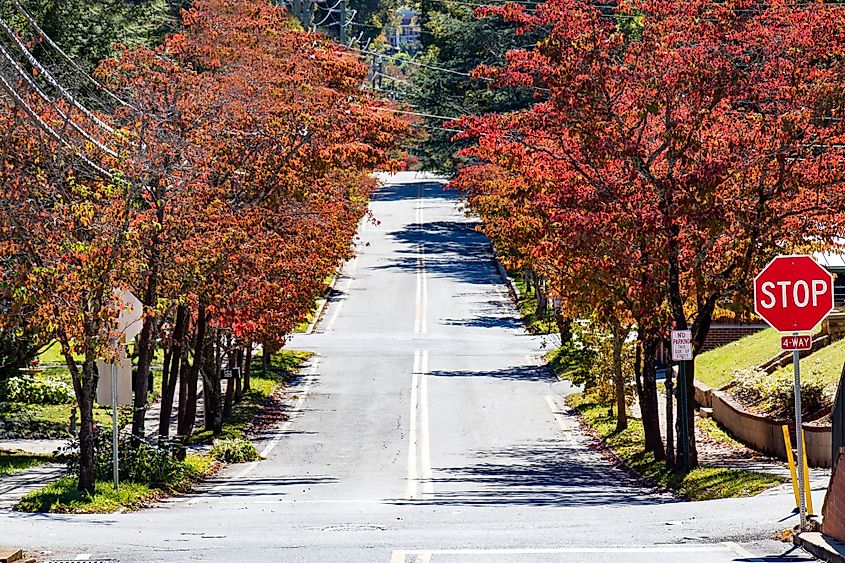
Dahlonega is situated in Lumpkin County's central region. US Route 19 passes across the city's east side, connecting Blairsville (north) and Atlanta (south). The northern entrance of Georgia State Route 400, a highway that runs parallel to US-19 and connects Dahlonega to Atlanta, lies 8 kilometers south of the city's center. The city covers a total area of 22.98 sq. km, of which 0.14 sq. km is covered by water, and 22.84 sq. km is occupied by land. Cane Creek runs through the city on the west side, and Yahoola Creek runs through it on the east. Both creeks travel south to the Chestatee River, where they join the Chattahoochee River watershed. The Crown Mountain is located in the city's southern part and rises to an elevation of 520 meters.
Dahlonega's climate is hot and humid in the summer, short and extremely cold in the winter, and damp and partly cloudy all year. Throughout the year, the temperature fluctuates from 34°F to 87°F, with average temperatures dropping below 21°F or rising over 93°F. According to the tourism score, the ideal times to visit Dahlonega for warm-weather activities are from mid-May to late June and from mid-August to early October.
History Of Dahlonega
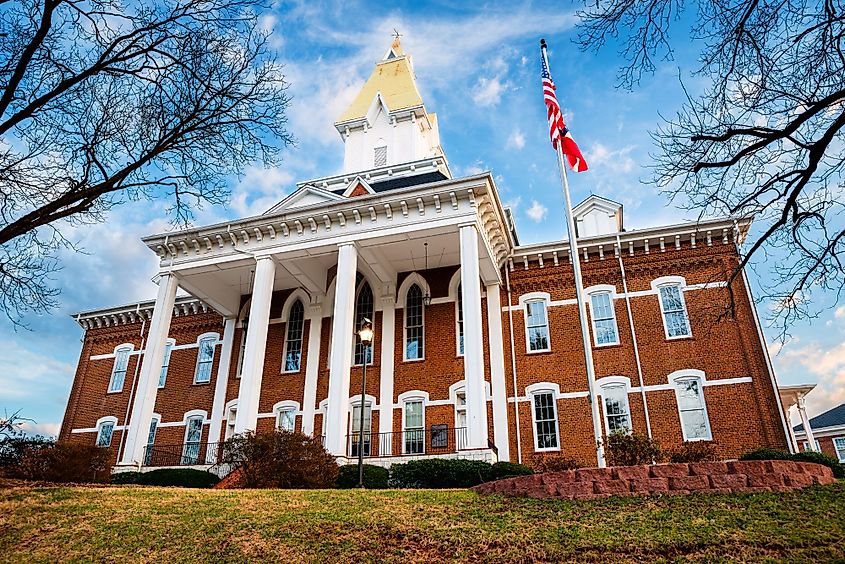
On December 3, 1832, the Georgia General Assembly passed an act creating Lumpkin County. The Cherokee Nation and its first gold rush, the gold mining and Civil War eras, the foundation of Georgia's first Agricultural College, now the University of North Georgia, and Georgia's Military College, and the delightfully rich history of Lumpkin County's people and their County Seat of Dahlonega - a National Registered Historic and protected Main Street City - are all part of the boomtown of Auraria, Dahlonega, and all of Lumpkin County's past. Heritage attractions and festivals in the area promote local pride and traditions while also drawing tourists and providing opportunities for education. For those looking to learn about local history, there is a variety of entertainment available, including Native American, gold mining, military, family history, and even frightening tales.
The Population And Economy Of Dahlonega
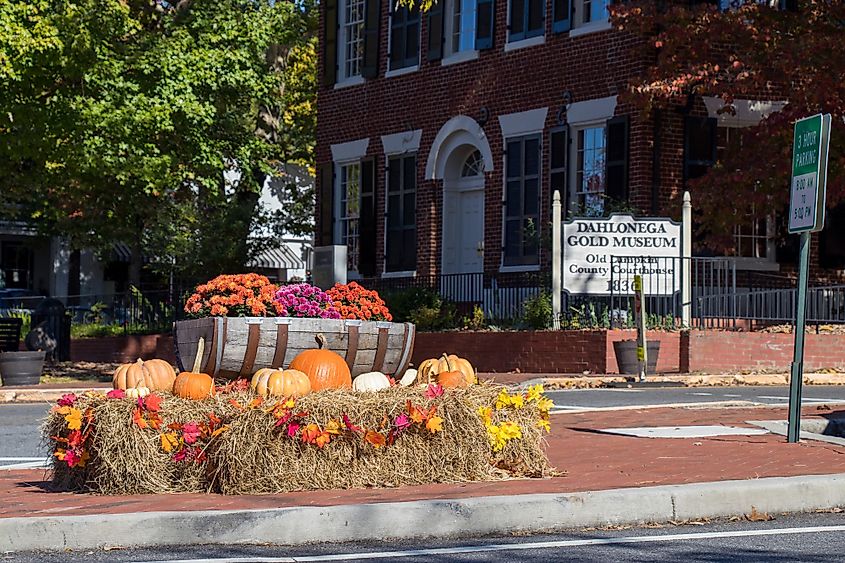
Dahlonega has an estimated population of 8,395 people, as per the latest US Census. The 2018 population was estimated to be 8,395, while the 2010 population was 5,546 inhabitants.
Dahlonega has an unemployment rate of 2.8 percent. Dahlonega's job market has expanded by 1.9 percent in the last year. Over the next ten years, job growth is predicted to be 51.0 percent. The average annual income in Dahlonega is $20,426. The annual household income in Dahlonega is $35,518.
Attractions In Dahlonega
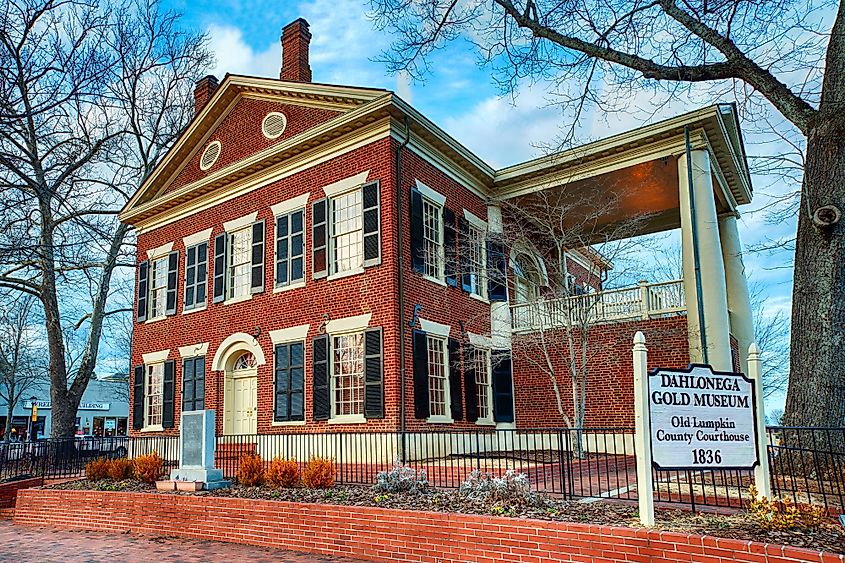
Dahlonega's tourism attractions offer tourists of all seasons, hobbies, and ages beautiful experiences! History and heritage seekers, wine lovers, arts and culture explorers, and outdoor adventure and environment lovers all appreciate the excitement and tranquility of the Dahlonega atmosphere in the heart of the North Georgia Mountains.
The Gold Mines
Visitors to the Crisson Gold Mine can learn about gold mining personally by searching for gold and gemstones. It features Georgia's only working stamp mill, as well as wagon rides, antique farm machinery, and farm animals like pygmy goats. Consolidated Gold Mines is also home to the world's largest hard rock gold mine east of the Mississippi River. The mine offers daily tours, as well as gold panning and gemstone mining.
Waterfalls
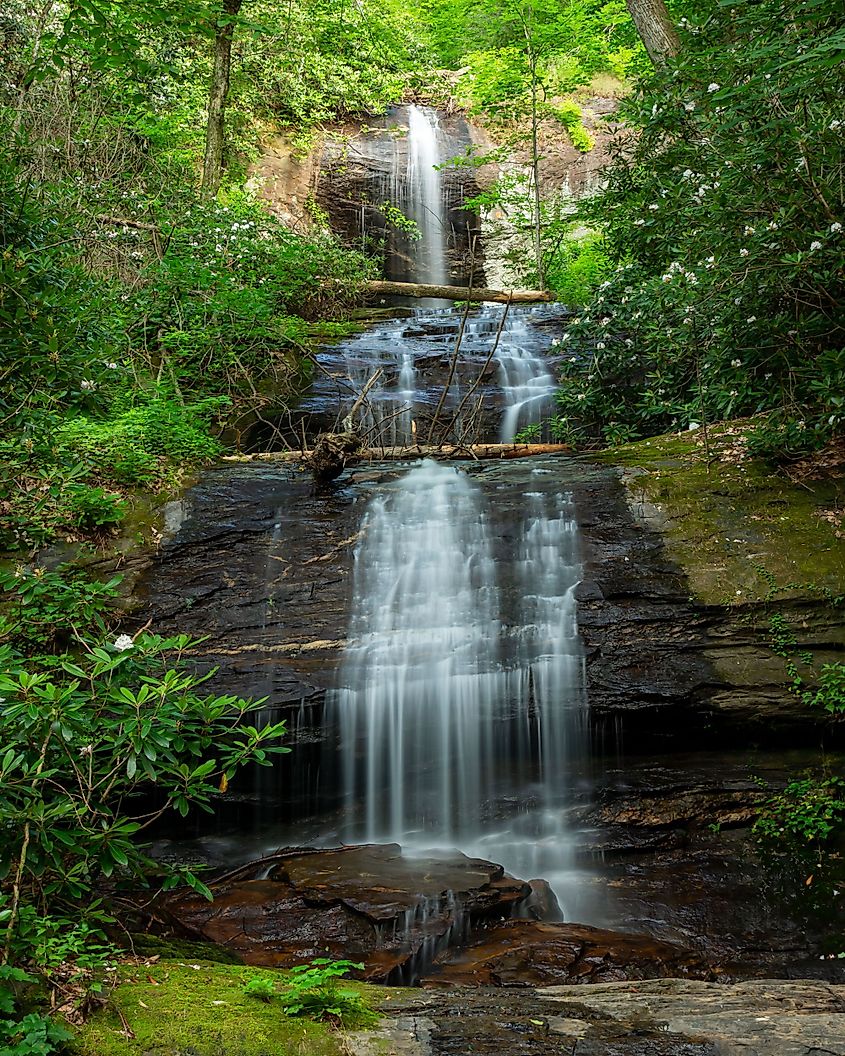
One of these is Desoto Falls, one of five waterfalls along a three-mile trek in a 650-acre outdoor space. Cane Creek Falls is close to Camp Glisson Retreat Center. It is accessible to the public when no workshops, seminars, or sessions are booked.
Kaya Winery
The scenic beauty seen from Kaya Winery, which sits on a hilltop at 1,600 feet, makes it an ideal spot for a drink of estate-grown wine. Gold Rush Days, held every October, features approximately 300 art and food stalls, as well as performances, parades, and competitions. The local Jaycees put on the event, which benefits one of their charitable organizations.











